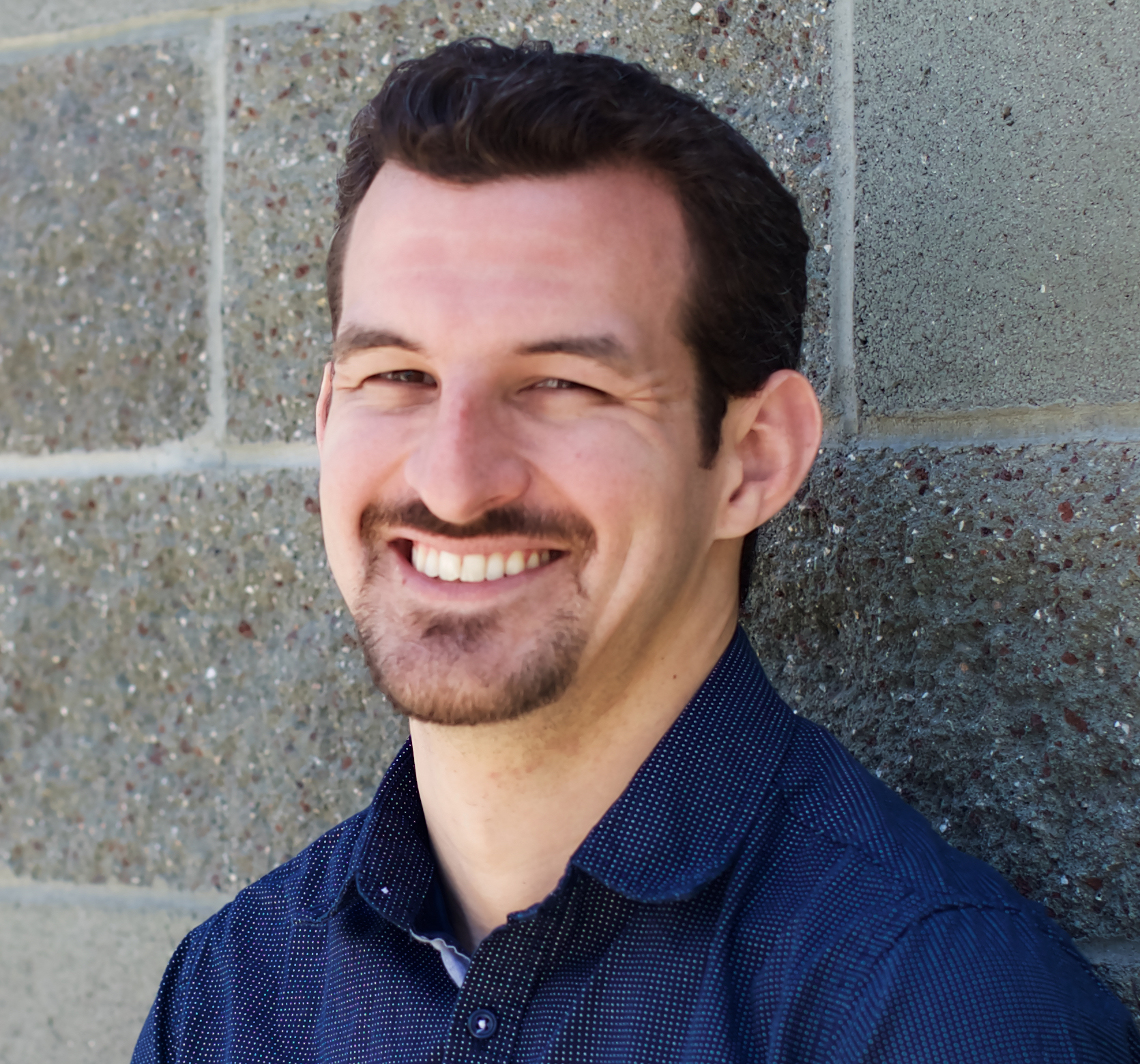What Do We Know about the Land of Nod in the Bible?

The land of Nod, mentioned in the book of Genesis, is the land where Cain, the oldest son of Adam and Eve, traveled to after he murdered his brother Abel. Though little is known of this land “east of Eden” (Genesis 4:16), Cain’s exile to Nod and subsequent actions reveal the extent of Cain’s rebellion and the restless, uneasy heart of all who choose to wander from the presence of God.
What Is the Land of Nod?
Following Adam and Eve’s banishment from the Garden of Eden (Genesis 3:22-24), the first man and woman started a family. However, because of their disobedience in the garden, the corruptive influence of sin metastasized and began to manifest in the lives of their children, namely their oldest son Cain. Genesis tells us that “Abel (the younger) was a keeper of flocks; Cain was a tiller of the ground.” (Genesis 4:3) When presenting offerings to God, Cain gave the first fruits of his harvest, Abel the best of his flock. These, of course, were appropriate offerings given Cain and Abel’s respective vocations. According to the author of Hebrews, however, Abel offered his best in faith; Cain did not (Hebrews 11:4). For this reason, Cain’s offering was displeasing to God while Abel’s was received.
Enraged that his brother’s sacrifice was accepted and his was not, Cain’s resentment grew into outright hatred. Knowing his heart, God warned Cain that sin was “crouching at the door” and that he “must master it.” (Genesis 4:7) Unfortunately, it was sin that inevitably mastered Cain as Cain proceeded to murder his younger brother (Genesis 4:8). Consequently, God cursed Cain by cursing the productivity of the soil with which he worked (Genesis 4:11-12). According to John MacArthur, “to a farmer like Cain, this curse was severe, and meant that Cain would all his life be a wanderer, a fugitive, and vagabond.” However, God had promised to protect Cain even in his exile, marking the son of Adam with some sort of sign that signaled to all he encountered that he was under divine protection (Genesis 4:15). What this mark was, we do not know. The important thing was that it served as both a “brand of infamy” and “token from God” that Cain was not to be harmed (Matthew Henry).
From here, Genesis tells us that, “Cain went out from the presence of the Lord, and settled in the land of Nod, east of Eden” (Genesis 4:16). In Nod, Cain and his descendants did what they could to mitigate Cain’s curse, building cities, developing new technologies, and even creating art, but never seeking to return to the goodness and mercy of God. So where was this land of Nod and why is it worth knowing?
There are few approaches to understanding the land of Nod as it relates to Cain and even us today. The first has to do with Cain’s literal exile and physical separation from his family and homeland. The second focuses on Cain’s wandering and spiritual separation from the presence of God as a result of sin. Let’s look at both.
Where Was the Land of Nod and Does it Still Exist?
For centuries, archeologists and biblical scholars have tried to pinpoint the exact location of various sites and cities mentioned in the Bible. Some have been identified from archeological evidence, the region’s natural geography, and ancient record. The exact location of some cities and lands, however, are unknown. The land of Nod is one such location. But is the land of Nod an actual physical land or more of a metaphor to describe Cain’s alienation from God and spiritual wandering? An argument can and should be made for both.
Did Cain physically depart from his family and home? Yes. The Bible makes this clear. But where did he go? Thankfully, Genesis chapter four provides a few clues that might direct our search for a potential physical location of his wandering. For one thing, the land where Cain settled was said to be located “east of Eden” (Genesis 4:16). However, since we don’t know exactly where the Garden of Eden was located, perhaps by God’s design (Genesis 3:23-24), it’s difficult to know where Cain set off from or how far east he traveled.
We do know, however, from the creation account (Genesis 2:10-14) that a river “flowed out of Eden to water the garden and from there it divided and became four rivers.” (Genesis 2:10) This is an important geographical clue as two of these rivers, the Tigris and the Euphrates, are well known. In fact, the Tigris and the Euphrates still flow through parts of modern-day Turkey, Syria, and Iraq. The exact location of the other two, the Pishon and Gihon, however, is debated. So where does that leave us?
Unfortunately, the only real conclusion we can draw about the actual location of Eden is that it was located somewhere in the Near East (Mesopotamia), sometimes referred to as the Fertile Crescent and cradle of ancient civilization. Adam and Eve, however, had been banished from the original Garden of Eden, assumedly to the east (Genesis 3:24); and if Cain ventured even further east of this settlement, it stands to reason that he might have migrated to a region somewhere in what is now present-day Iraq or even Iran. We don’t know for certain.
Once Cain settled, wherever that may have been, Genesis tells us that he married and began to have children. We then learn that he proceeded to build the city Enoch, named after his firstborn son (Genesis 4:17). Unfortunately, Enoch is also a location we know very little about. Understandably, once God’s judgment was levied against humanity through the global flood (Genesis 6-10), it is probable that most of what existed in the original Garden of Eden and land of Nod, including the cities Cain and his descendants built, were destroyed.
Therefore, the exact location of the land of Nod matters far less than what actually happened in Cain’s exile and what this land represents.
What Happened in Nod?
The second view of the land of Nod reflects Cain’s spiritual wandering and alienation from God as a result of sin. If Eden was the ideal of God’s plan and good creation, Nod was the complete opposite, a counterfeit, anti-Eden, and a physical and spiritual representation of man’s willful rebellion, disobedience, and separation from the God of creation. It’s worth noting that the Hebrew word for Nod relates to “shaking” or “trembling”. In some translations, Nod also resembles the Hebrew word for “vagabond” or “wanderer”. According to Matthew Henry, the land of Nod therein represents “the restlessness and uneasiness of his (Cain’s) own spirit in ‘the land of vagabonds.’” Though God had cursed the ground and sent Cain away from his family, it was Cain who chose to retreat from “the presence of the Lord.” (Genesis 4:16)
Historian Flavius Josephus also writes in the Antiquities of the Jews that, instead of accepting his punishment, repenting of his sin, or seeking to reunite with his God and family, Cain moved further away to “increase his wickedness” and “augment his household substance with much wealth, by rapine and violence.” As God had warned Cain, if he could not master and overcome his sinful desires, they would become his master. Furthermore, according to author John Dyer in his book From the Garden to the City, “the more he sinned, the more physically and spiritually alienated he (Cain) became.” In Nod, Cain was “literally and figuratively moving farther and farther away from God, the garden, and who was designed to be.” (76)
Sadly, the descendants of Cain would follow in their forefather’s footsteps, innovating, creating, and building industrialized cities and new technology, but never for the glory of God. “Worldly things,” according to Matthew Henry, “are the only things that carnal, wicked people set their hearts upon, and are most clever and industrious about. So it was with this race of Cain.” Likewise, Cain’s building of Enoch and development of various forms of technology served as an attempt to mitigate his curse and establish an alternative to the garden of Eden. As theologian Jacques Ellul writes in The Meaning of the City, “instead of a place where humans lived in relationship with God, deeply connected to Him and His creation, Cain built a place where people could live without God and disconnect from His creation.” (11)
Thus, in just a few generations, the descendants of Cain led humanity farther and farther away from God and His glorious plan for creation. The decadence and depravity of Cain’s lineage would spiral to such depths that God would inevitably move to judge the earth for its wickedness in the form of the flood (Genesis 6:5-7). In Cain, therefore, we encounter what happens to those who willingly abandon the goodness and grace of God. These become spiritual fugitives and vagabonds, never be at peace and never able to find rest. They will wander, seeking to distract themselves with the works of their hands and attempt to mitigate the cost of their sin with more creative forms of wickedness.
Unfortunately, a proclivity to wander and pursue sin is a curse all have inherited. As the apostle Paul writes, “all have sinned and fallen short of the glory of God.” (Romans 8:23) and “just as through one man sin entered into the world, and death through sin, and so death spread to all mankind, because all sinned.” (Romans 5:12) By sinning, we too enter our own land of Nod, and find ourselves separated from the peace and presence of God.
However, hope for mankind’s return to God and the ability to overcome sin and death eventually would come through Adam’s third son, Seth. From Seth, Genesis tells us that, “men began to call upon the name of the Lord” (Genesis 4:26) and from Seth’s line would also come a “second Adam”, one who would finally crush the head of the serpent (Genesis 3:15), conquer sin and death (2 Timothy 1:10; Hebrews 2:14), reverse the curse born of man’s sin (Romans 6:23), and return the wandering hearts of God’s creation back to God their Father (Isaiah 59:20).
Who was this second Adam? The world would soon know him as Jesus Christ, the promised Messiah, God’s one and only Son. In Christ, we are reunited with the Father and His plan for our lives. In Christ, we find peace and rest. In Christ, we wander no more.
Photo credit: ©Getty Images/Arkira

Originally published March 28, 2022.







